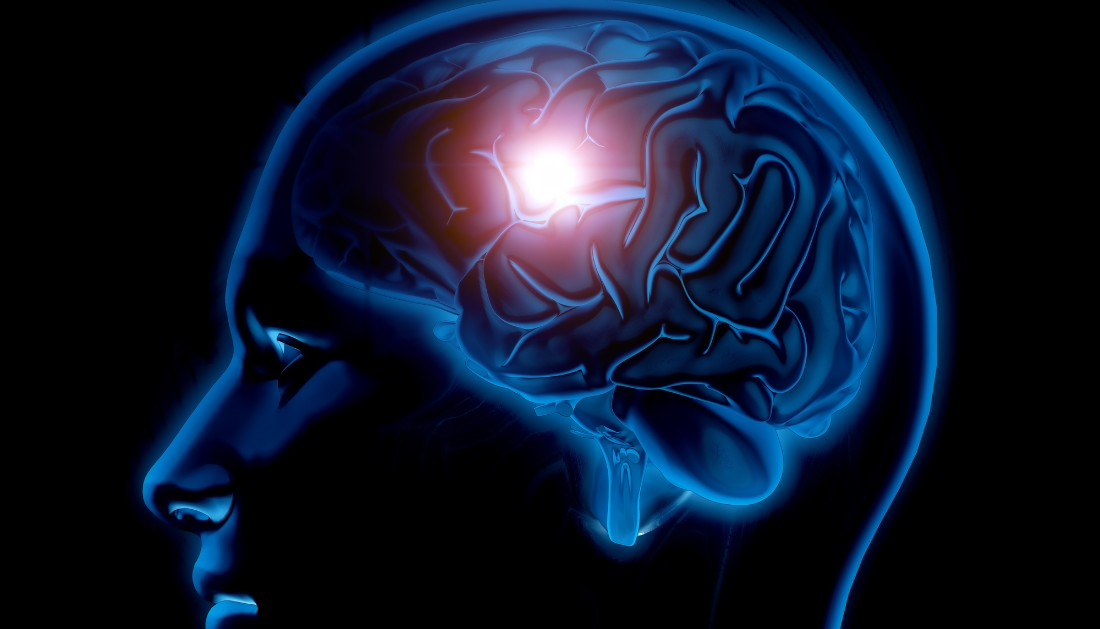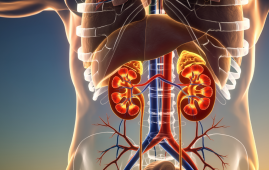

In the United States, approximately 795,000 individuals experience a stroke annually. Research indicates that around 40% of stroke-related deaths occur in males, while 60% occur in females. It is also a leading cause of disability in the country. Currently, there are 7 million stroke survivors in the United States, with two-thirds of them living with disabilities.
Explore the predictive devices in stroke at the Global Neurology Summit 2024.
Researchers recently looked into the connection between teenage cognitive function and adult stroke in a study published in the Journal of Epidemiology & Community Health.
Context
Because the results in a high hospitalization rate, permanent disability, and death, it is a public health concern. Although stroke is becoming less common in the elderly, it is becoming more common in those under 50.
The possibility of long-term physical and psychological effects for stroke survivors highlights the importance of identifying risk factors for strokes with an early onset.
Social health variables, such as education and socioeconomic status, are strongly linked to the risk of this condition and may be connected with poor cognitive ability.
The association between stroke risk and cognitive function has been the subject of conflicting study in the past, with most of the early studies concentrating on middle-aged cognitive function.
Concerning the study
In the current nationwide investigation, 1.70 million teenagers were included, and the association between teenage cognitive function and stroke was examined.
Before being called up for military service between 1987 and 2012, 1,741,345 teenagers between the ages of 16 and 20 received comprehensive cognitive function evaluations, which were included in the study.
They excluded those who either passed away before January 1, 2014, the date the Israeli National Stroke Registry (INSR) was established, or who lacked information on cognitive function.
Professionals administered a multiple-choice general intelligence exam as part of the military pre-recruitment evaluation. Raven’s Progressive Matrices-R, Arithmetic-R, Similarities-R, and Otis-R were the four subtests that were part of this exam.
Otis-R evaluates oral execution and comprehension; Similarities-R measures verbal abstraction and classification; Arithmetic-R measures mathematical proficiency, concept manipulation, and focus; and Raven’s Progressive Matrices-R measures nonverbal abstract reasoning and visual-spatial problem-solving.
An assessment of cognitive performance on a nine-point scale is produced by adding the scores from the four evaluations together. The cognitive score was split up into z-scores by the researchers according to the year of the exam and gender.
They separated the cognitive performance into three categories: poor (IQ score <89), medium (IQ scores range from 89 to 118), and high (IQ score <8.0 to 9.0, IQ score >118).
The National Stroke Registry (NSR) and participant data were connected by the researchers. An incident first stroke, an ischemic stroke, and an intracerebral hemorrhage as reported by the INSR served as the study’s endpoints.
Utilizing Cox proportional hazards regression models, the researchers calculated the hazard ratios (HR) for the first ischemic stroke that occurred between 2014 and 2018.
Age, biological sex, body mass index (BMI), level of schooling attained, residence socioeconomic position, and diabetes were among the study’s variables. Up to the stroke event, December 31, 2018, or death, whichever came first, the researchers conducted follow-up assessments.
Outcomes
1,741,345 individuals had a mean age of 17 years; 42% were female; and 18%, 70%, and 12%, respectively, had low, medium, or exceptional cognitive capacity. Living in a low-income area, being overweight or obese, and not having finished high school were all associated with a lower cognitive performance in the group.
The researchers documented 908 incident stroke cases (141 hemorrhagic and 767 ischemic) during 8,689,329 follow-up years. The maximum age at which a stroke might occur was limited to 50 years old, with an average age of 40 years. Of all stroke cases, 45 people died from new-onset strokes, and 62% of those deaths happened within a month after the stroke. This represents 5% of all stroke cases.
Compared to people with high cognitive ability, the BMI- and sociodemographic status-controlled HR values for stroke were 1.8 and 2.7 in the low- and medium-level cognitive ability groups, respectively.
Both types of strokes were more common in lower cognitive ability groups; the rate of ischemic stroke increased from 3.9 to 14 occurrences per 106 individual years.
Each unit of a lower cognition z-score was linked to a 33% increased risk of stroke (HR, 1.3), according to dose-response correlations that the researchers discovered. These associations persisted in sensitivity analyses that controlled for diabetes and hypertension, were higher for ischemic, lower for hemorrhagic, and were more pronounced prior to the age of 40.
The HR values were 2.9 and 3.2 for male and female adolescents with low cognitive capacity, respectively. Adolescents with low and medium cognitive functioning showed a three-fold and a two-fold increased risk of ischemic, respectively, after accounting for a number of covariates.
The results of the study demonstrated a three-fold increase in the risk of an ischemic by the age of fifty in those with impaired mental capacity during adolescence.
Low cognitive performance during adolescence is positively correlated with the risk of stroke, regardless of sociodemographic background, body mass index, or health status. The results of the study suggest that thorough assessments beyond conventional risk factors for stroke are necessary.
The identification of high-risk individuals through cognitive performance may facilitate the implementation of early intervention initiatives aimed at addressing potential mediating variables, including health illiteracy, education, and health-related behaviors. For those with lower cognitive function, early social and health help is essential.
For more information: Cognitive function in adolescence and the risk of early-onset stroke, Journal of Epidemiology & Community Health, https://doi.org/10.1136/jech-2024-222114
more recommended stories
 Gestational Diabetes Risk Identified by Blood Metabolites
Gestational Diabetes Risk Identified by Blood MetabolitesKey Takeaways (Quick Summary for Clinicians).
 Phage Therapy Study Reveals RNA-Based Infection Control
Phage Therapy Study Reveals RNA-Based Infection ControlKey Takeaways (Quick Summary) Researchers uncovered.
 Pelvic Floor Disorders: Treatable Yet Often Ignored
Pelvic Floor Disorders: Treatable Yet Often IgnoredKey Takeaways (Quick Summary) Pelvic floor.
 Urine-Based microRNA Aging Clock Predicts Biological Age
Urine-Based microRNA Aging Clock Predicts Biological AgeKey Takeaways (Quick Summary) Researchers developed.
 Circadian Control of Neutrophils in Myocardial Infarction
Circadian Control of Neutrophils in Myocardial InfarctionKey Takeaways for HCPs Neutrophil activity.
 E-Cigarette Use and Heart Attack Risk in Former Smokers
E-Cigarette Use and Heart Attack Risk in Former SmokersKey Takeaways for Clinicians and Nurses.
 36-Week Pre-eclampsia Screening May Reduce Term Risk
36-Week Pre-eclampsia Screening May Reduce Term RiskA New Preventive Strategy for Term.
 Cardiovascular Risk and Sudden Cardiac Death in Diabetes
Cardiovascular Risk and Sudden Cardiac Death in DiabetesRising Sudden Cardiac Death (SCD) Risk.
 Poor Kidney Function and Alzheimer’s Biomarkers Explained
Poor Kidney Function and Alzheimer’s Biomarkers ExplainedPoor kidney function may influence levels.
 Walking Speed Before Hip Replacement Predicts Recovery
Walking Speed Before Hip Replacement Predicts RecoveryNew Evidence Points to a Simple,.

Leave a Comment